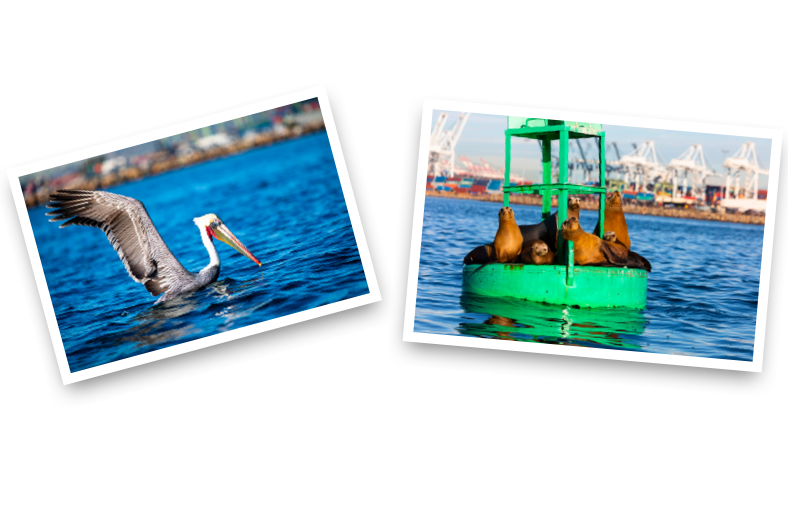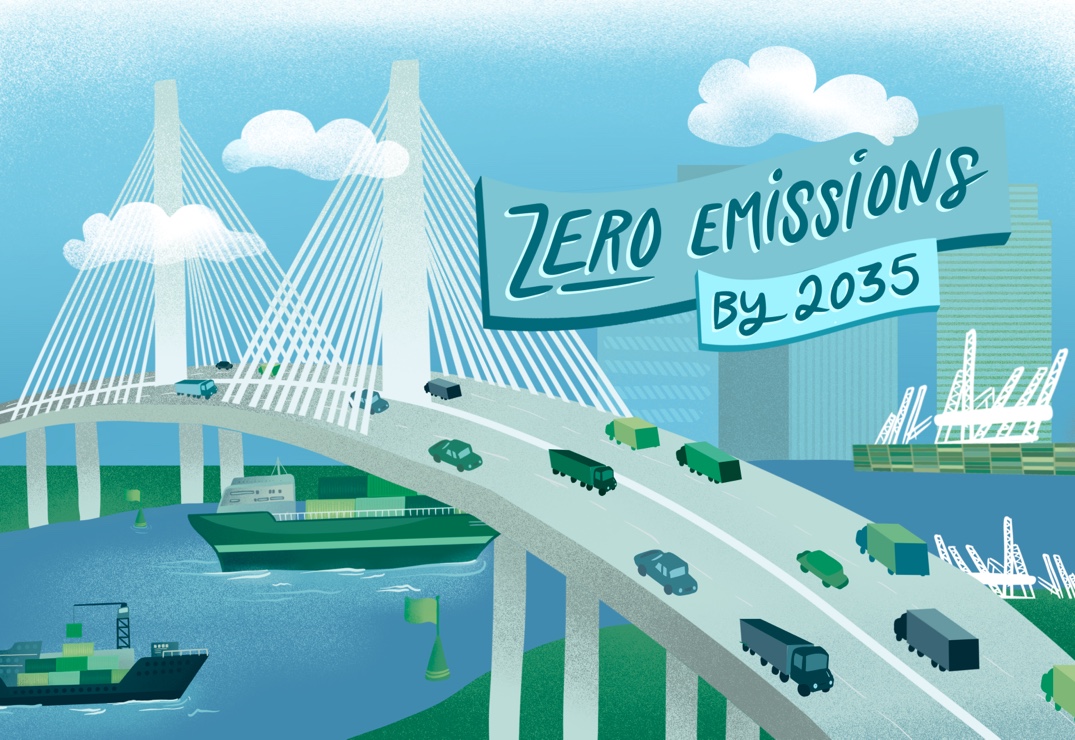The Green Port
Through the Years
Today, the Port’s business success continues, and the environmental programs that began in Long Beach have been copied by seaports all over the world. See how we got there.
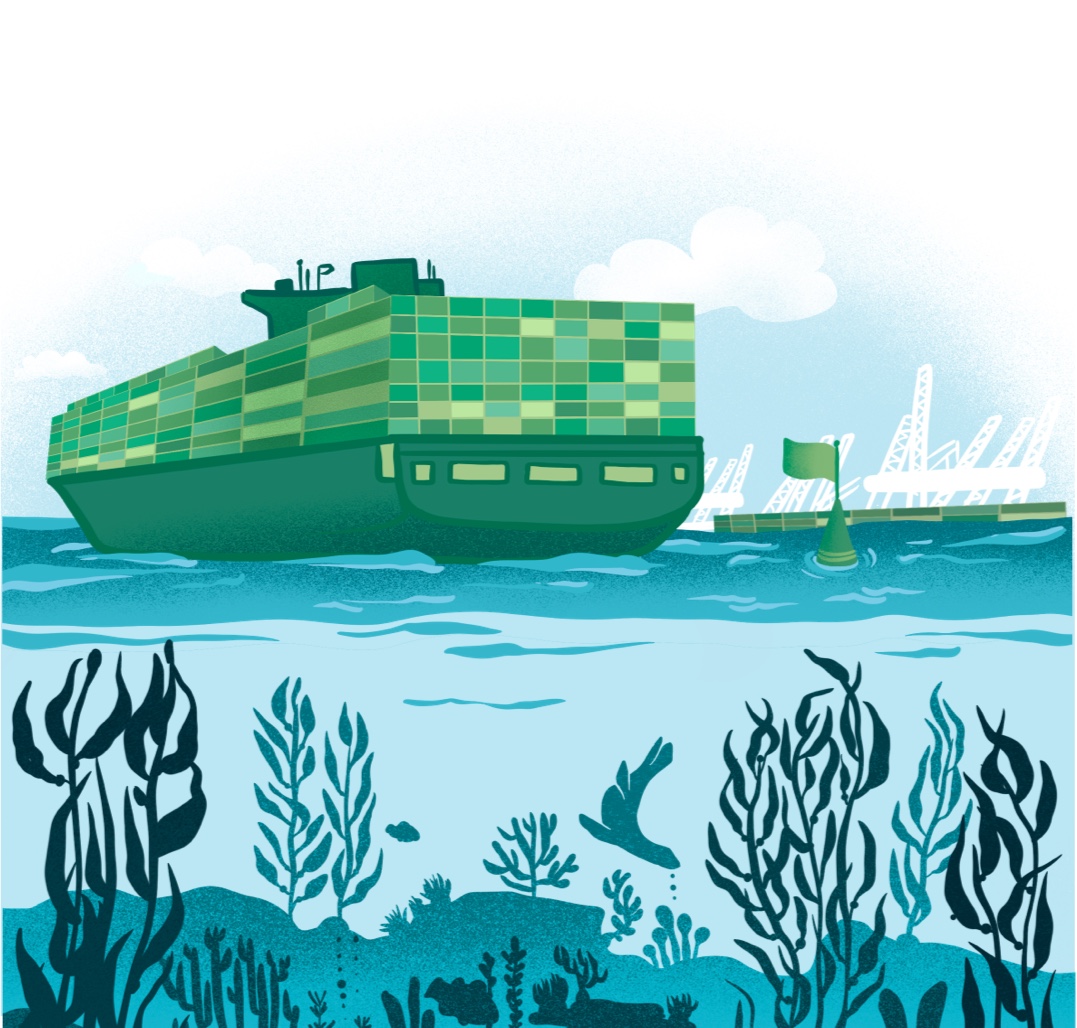
Before the Green Port
In the early 2000s, the Port of Long Beach was growing. A new mega-terminal was opening on Pier T, the former Naval Station property, and the Alameda Corridor, a major infrastructure upgrade connecting the Port complex to rail yards in Los Angeles, was near completion.
However, that growth came at a cost. A study by the South Coast Air Quality Management District found that diesel emissions were adversely impacting the health of people living along major transportation corridors, especially where trucks traveled.
As the ports of Long Beach and Los Angeles looked to make further improvements to ensure they remained competitive regional economic engines in the new century, two projects, one at China Shipping's terminal in Los Angeles and another at Pier J, were blocked for insufficient air quality improvements.
The time had come for change.
How did the Port evolve into an environmental leader?
2005
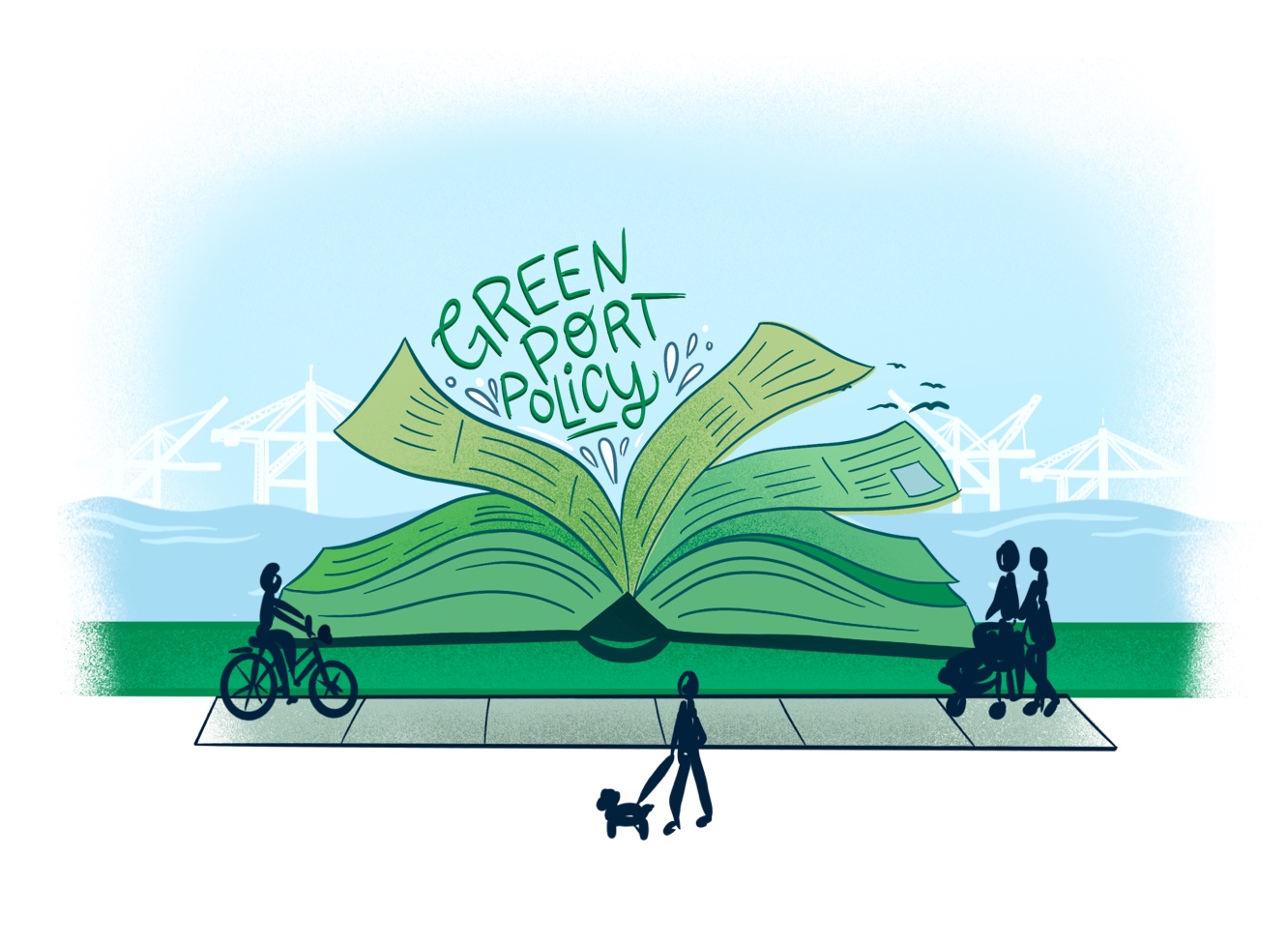
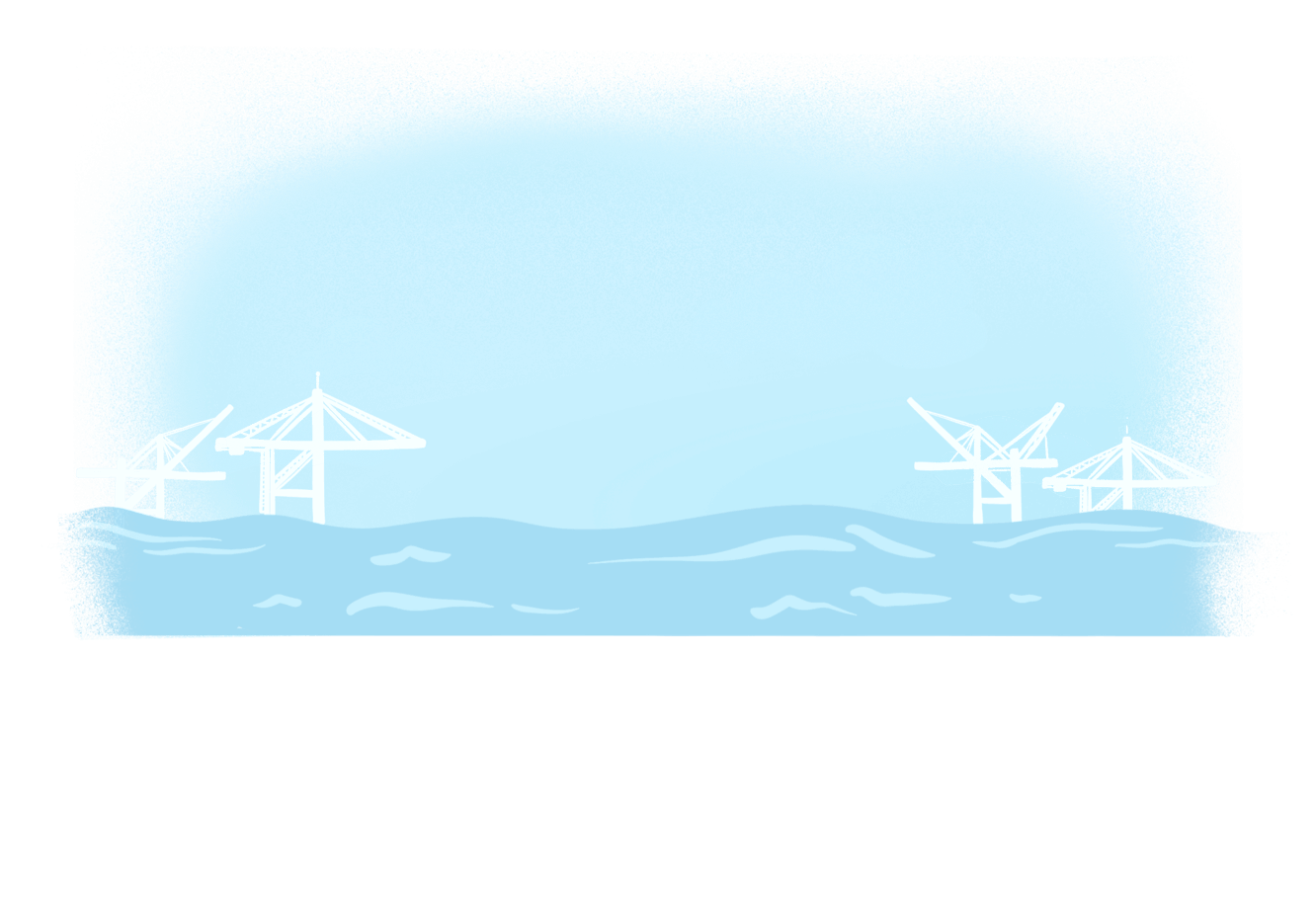
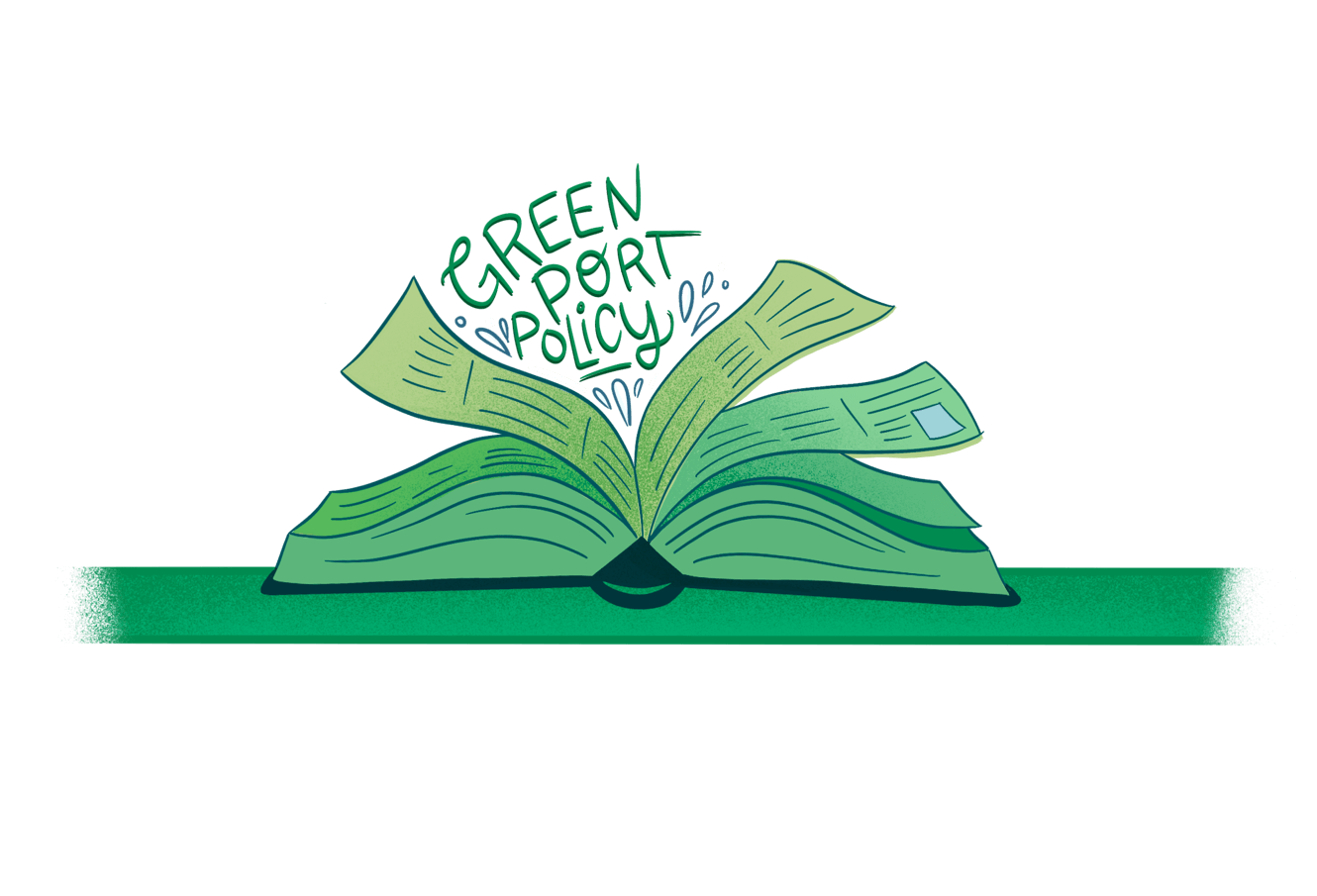

Long Beach Mayor Beverly O'Neill responds by appointing Harbor Commissioners committed to focusing on the community. They adopt the Green Port Policy, a promise to San Pedro Bay residents for a cleaner harbor, soil and skies.
The five guiding principles of the Green Port Policy:
Protect the community from harmful environmental impacts of Port operations.
Distinguish the Port as a leader in environmental stewardship and compliance.
Promote sustainability.
Employ best available technology to avoid or reduce environmental impacts.
Engage and educate the community.

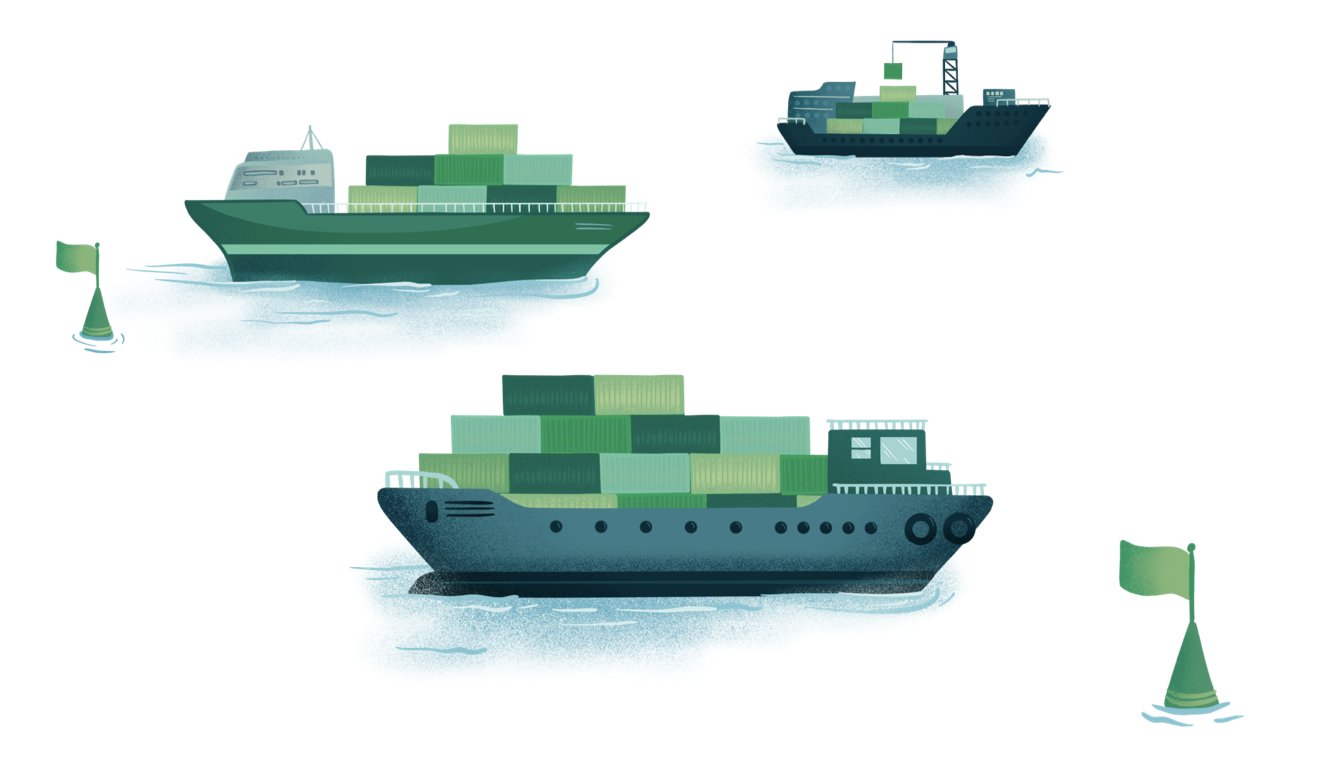
Long Beach Harbor Commissioners adopt the Green Flag Vessel Speed Reduction Program. The program offers tiered financial incentives for ships that slow down to 12 knots or less within 20 and 40 nautical miles of Point Fermin. The program helps to cut air pollution such as smog-forming nitrogen oxides, diesel particulate matter and greenhouse gases.

The Harbor Commission agrees to contribute $11.4 million to restore the Bolsa Chica Wetlands, an ecologically important saltwater marsh in Huntington Beach. Along with a previous expenditure in 1997, the Port provided more than $50 million for the successful habitat restoration project. The Port receives mitigation credits toward future development.
2006




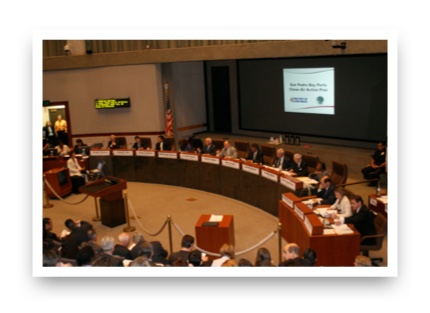
The Port of Long Beach partners with the Port of Los Angeles to adopt the San Pedro Bay Ports Clean Air Action Plan (CAAP), a landmark air quality plan with comprehensive, far-reaching strategies to reduce port-related pollution.
International Transportation Service, SSA Marine and Matson Navigation Co. all sign "green leases," pioneering agreements with shore power requirements to significantly reduce emissions ahead of other ports and regulatory mandates.
2007
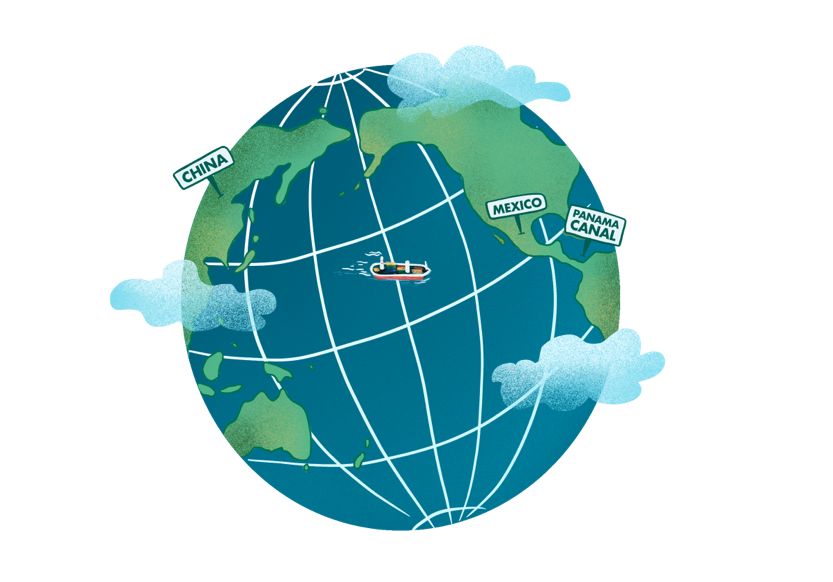



The ports of Long Beach and Los Angeles initiate the Technology Advancement Program (TAP), a competitive funding program to facilitate the development and demonstration of clean technologies.
Inspired by the CAAP, the ports of Seattle, Tacoma and Vancouver adopt the Northwest Ports Clean Air Strategy. Since the Green Port Policy was instituted, ports in China, Mexico and the Panama Canal have also signed memoranda of understanding with Long Beach for environmental exchange programs.
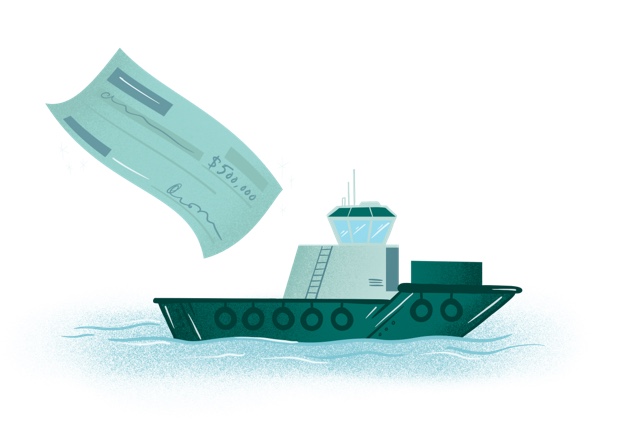
The Port contributes $500,000 toward the development of the first hybrid tugboat in the world. The funding comes from the Technology Advancement Program created by the CAAP.
2008



The Port’s Clean Trucks Program implements a ban on older, heavy polluting diesel drayage trucks, eventually reducing emissions from the vehicles by 90%.
First shore power hookup for container ships is installed at Pier G.

2009
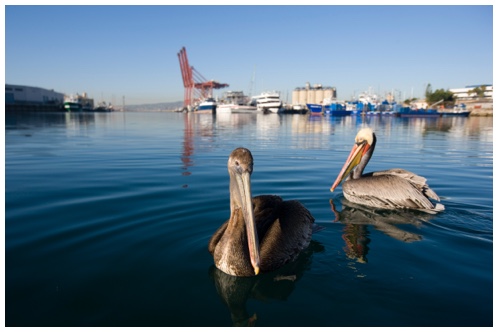
The ports of Long Beach and Los Angeles adopt the Water Resources Action Plan, a planning document outlining programs to improve water and sediment quality within the harbor complex.

Community Mitigation Grant programs start to address health impacts and reduce greenhouse gases.
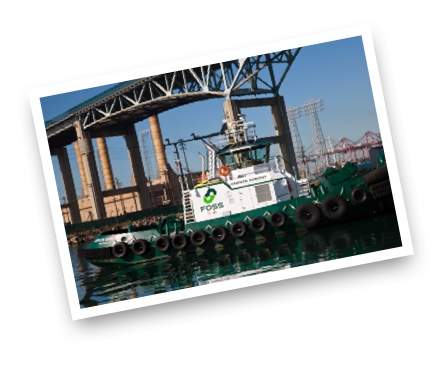
Foss' Carolyn Dorothy hybrid tug, the world’s first, begins service at the Port of Long Beach.

The Alaskan Navigator oil tanker docks at Pier T and plugs into shore side power. It is the first in the world for an oil terminal.
2010




About 10,000 people attend the fourth annual Port of Long Beach Green Port Fest, an exhibition of green programs and projects with guided boat tours of the harbor and train rides to see on-dock rail operations that shift cargo away from trucks to trains, reducing pollution.
The CAAP is updated and new planning goals, including targets for emissions reductions for the years 2014 and 2023, are identified.
2011
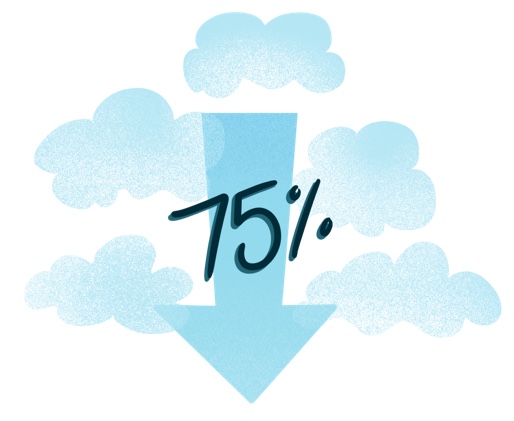
According to the Port's annual emissions inventory, diesel particulate matter has been reduced by 75%, exceeding the 2014 goal three years early.
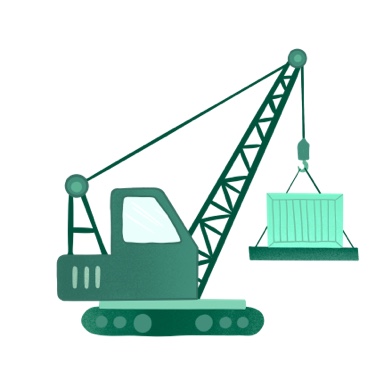
Construction begins on Long Beach Container Terminal. The state-of-the-art terminal will be nearly all-electric, with automated stacking cranes and guided vehicles to handle cargo. Orient Overseas Container Line signs a 40-year, $4.6 billion lease to be the primary tenant.
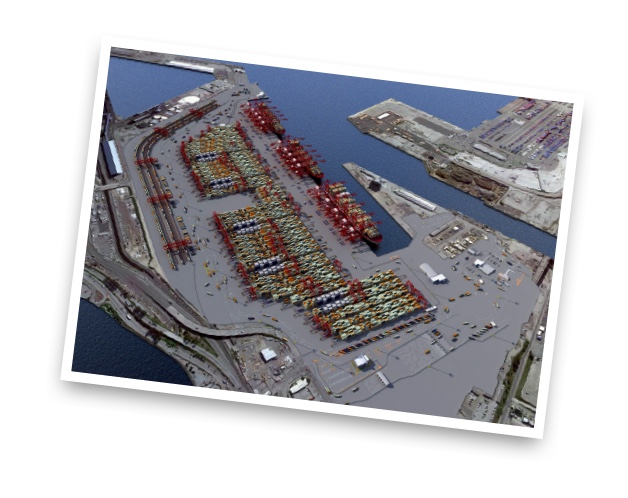
The operations building at International Transportation Service's Pier G terminal earns the U.S. Green Building Council's Leadership in Energy and Environmental Design program's Gold certification. It is equipped with energy-saving and water-efficient features and made of some recycled materials.
2012
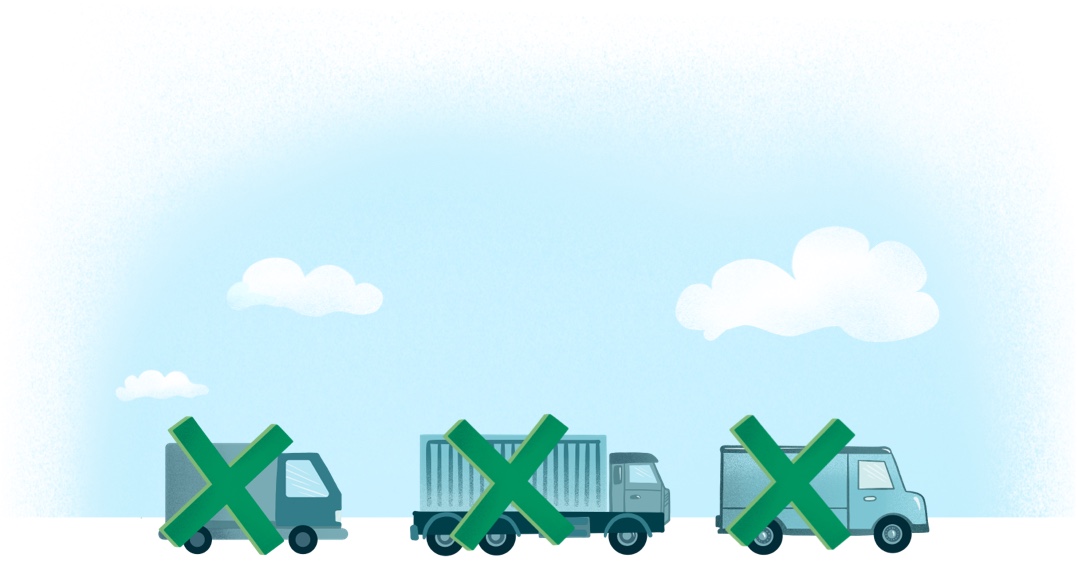



The Clean Truck Program permanently bans the last remaining, older, more polluting trucks from Port terminals.
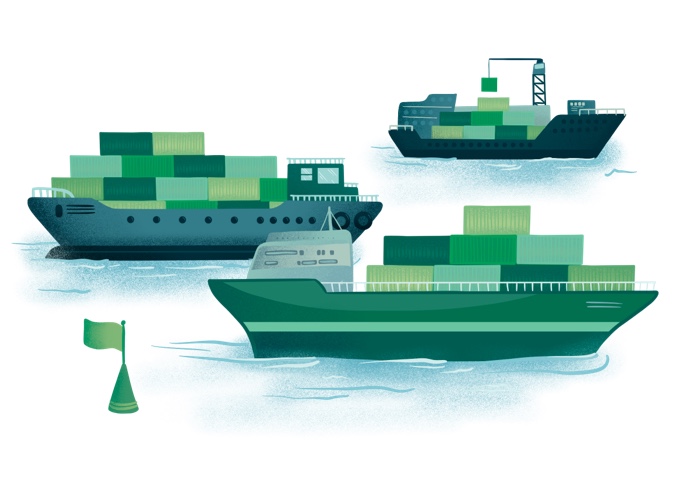
The Green Ship Program is adopted. Under the program, ships can get thousands of dollars in incentives per call if they are powered by cleaner engines, reducing emissions such as diesel particulate matter and nitrogen oxides.
Sediment from a federal dredging project at Marina del Rey and Newport Harbor is marked for reuse as fill material for the terminal under construction at LBCT. The sediment eliminates the need to dredge up new material for the project, and the need to dispose of those other harbors’ sediment at sea.
2013
- 2014
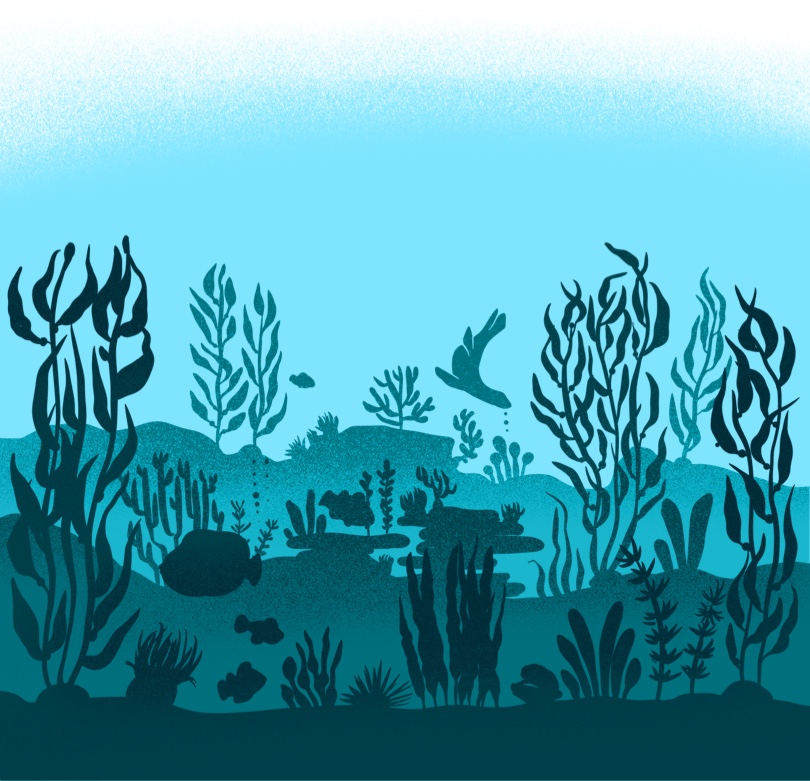


A survey conducted in 2013 and 2014 identifies 558 species of plants and animals living on the rocks and pilings in San Pedro Bay harbors. It represents a 60% increase from the last survey in 2008 and almost twice the number cataloged in a 2000 survey.

Water quality conditions have also improved, with oxygen and phytoplankton measurements higher than ever before. Fish are abundant, and giant kelp beds have expanded to cover as much as 132 acres of Outer Harbor waters. Maximum kelp coverage reached only 27 acres in 2000 and 80 acres in 2008.
The new Port of Long Beach Maintenance Building is certified LEED Gold. When it opens, it has a solar array that is the third-largest in Long Beach, at 323 kilowatts.
2015
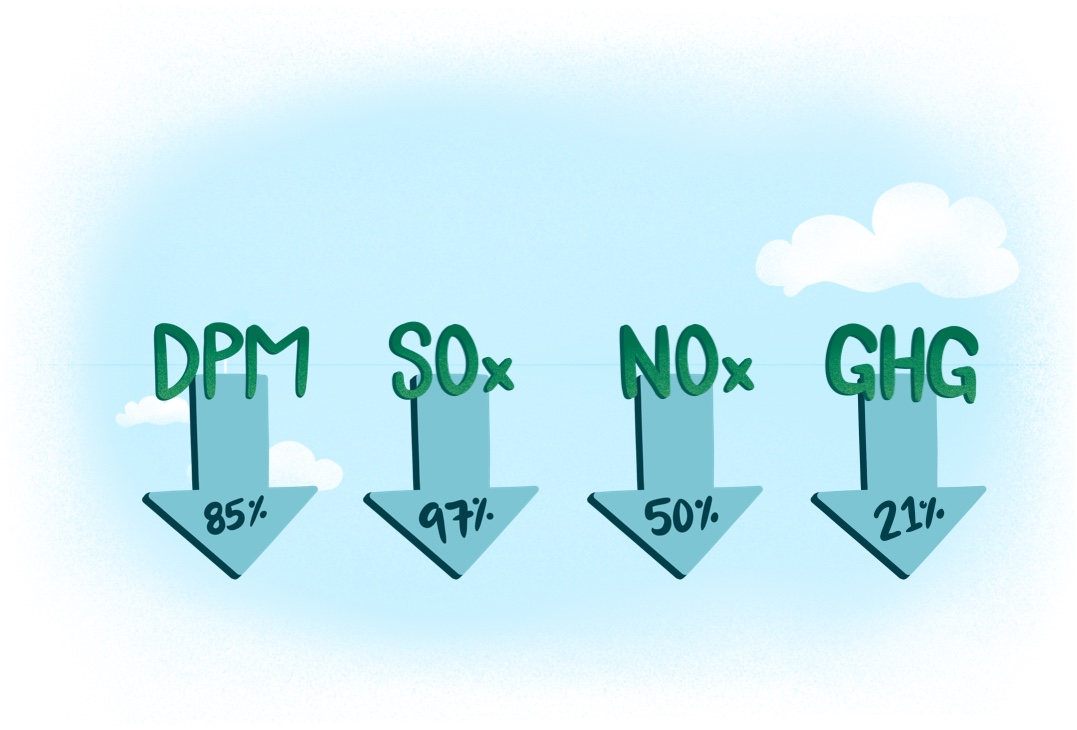


Ten years after the Green Port Policy was adopted, the Port has seen an 85% reduction in diesel particulates, a 97% reduction in sulfur oxides, a 50% reduction in nitrogen oxides and a 21% reduction in greenhouse gases.
2016



The world's greenest container terminal, Long Beach Container Terminal, opens. At full buildout in 2021, the terminal will have the world's largest on-dock rail yard for any terminal and by itself be a top five U.S. seaport by container volume.
Harbor commissioners start the nation’s largest seaport pollution mitigation effort, the Community Grants Program. At least $46.4 million is set aside for the program to help those in the community who are most vulnerable to pollution. Combined with a previous effort, almost $65 million has been committed.

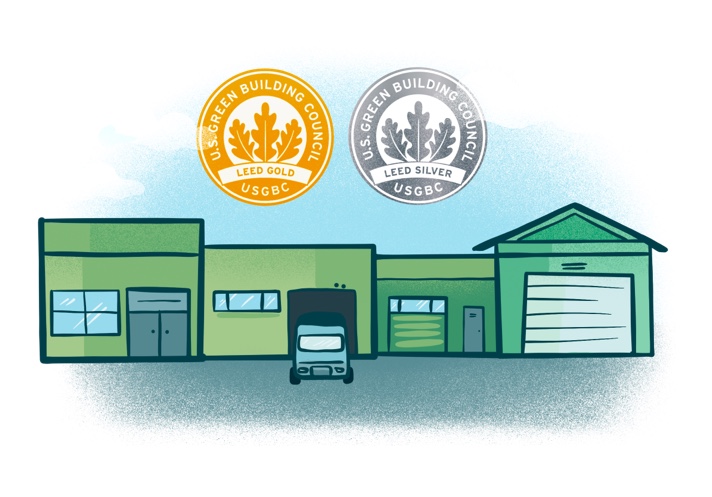
Four buildings at LBCT earn LEED Gold status. The buildings function as administrative offices and meeting space, an information technology center, and maintenance and operations structures. High-efficiency systems reduce power use, save water through low-flow water systems in restrooms, reuse old asphalt and concrete wherever possible and incorporate drought-tolerant landscaping to help reduce runoff and conserve water. Floor vents bring in outside air and allow employees to control their workspace temperature. Exterior features include special parking for fuel-efficient vehicles and solar panels over the parking lots.
2017
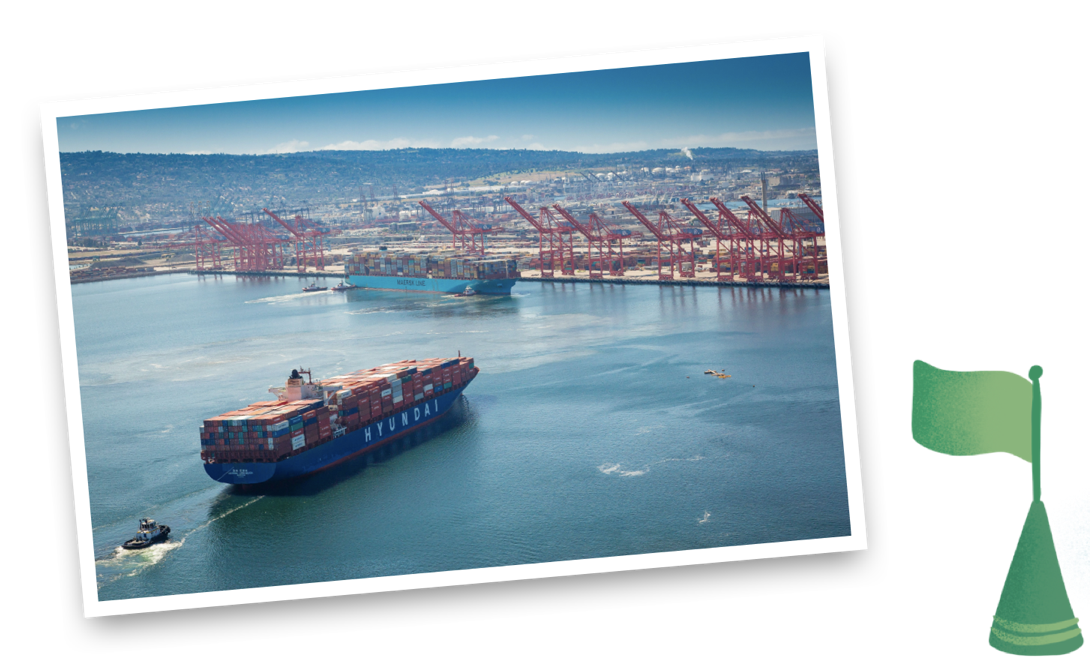
More than 95% of vessels earn incentives by complying with the Green Flag Program by slowing down ships to 12 knots or less within 20 nautical miles of Point Fermin.
New state regulations take effect mandating at least half of all container ships run on shore-side electricity at berth. The Port has already completed more than $185 million worth of dockside power hookups and other infrastructure to facilitate shore power, reducing emissions.

In the latest update to the CAAP, the Ports outline comprehensive strategies for accelerating progress toward a zero-emission future while protecting and strengthening the ports' competitive position in the global economy.
2018
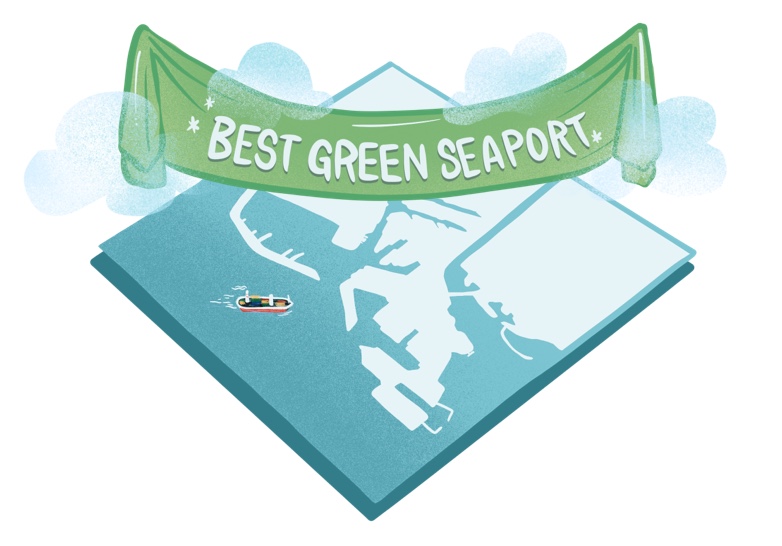
The Port of Long Beach is named “Best Green Seaport” by industry peers.
The Port is awarded over $70 million in total grant funding to move ahead with multiyear projects to support the development and use of electric power for operations. Among other projects: electric rubber-tire gantry cranes and yard tractors, and a microgrid at the Joint Command and Control Center.
Due to continued improvements in water and habitat quality, the 2018 San Pedro Bay Biological Survey recorded the highest species diversity recorded since harbor-wide surveys began in 2000. More intensive surveys of the 100+ acres of kelp forest habitat within the harbor documented several new species, including garibaldi, horn sharks, and three species of abalone, which are usually associated with pristine marine habitats.
2019
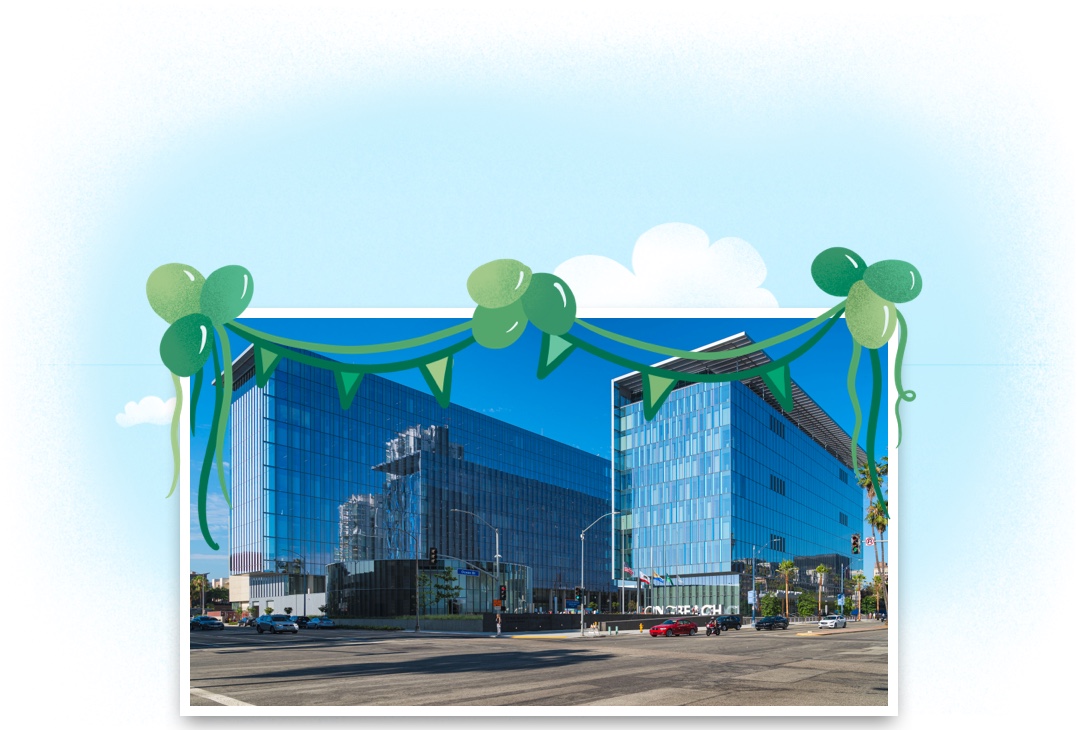


The new Port Administration Building opens. Constructed to the LEED Gold standard, the building's features include photovoltaic panels that offset 25% of electricity consumption, an exterior that maximizes natural light exposure during the day, an underfloor air distribution system to reduce energy used for heating and cooling, and cisterns to manage stormwater runoff and irrigate the site.
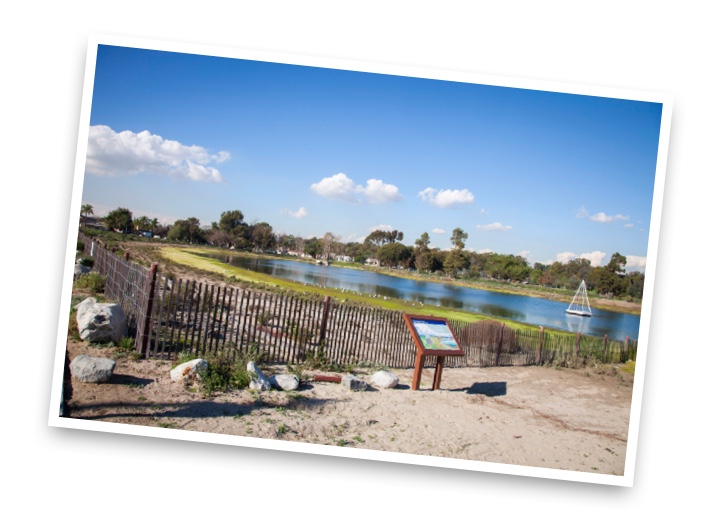
Harbor commissioners vote to fund a $26.3 million project to improve water quality of the Colorado Lagoon in Long Beach. The Port will receive environmental mitigation credits that would allow future development in the harbor.
2020
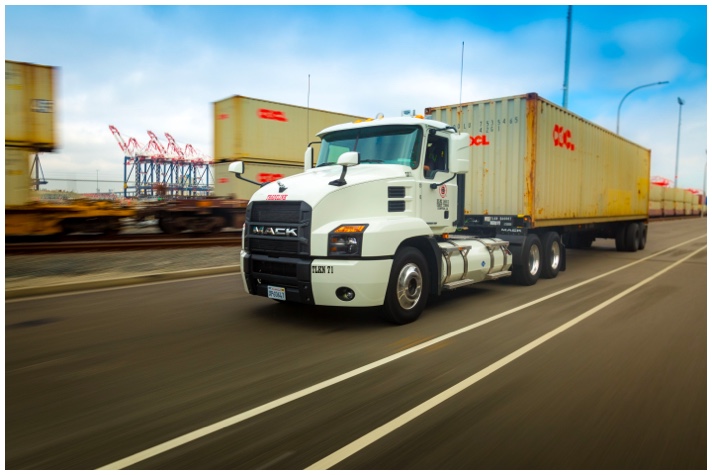
The Boards of Harbor Commissioners for Long Beach and Los Angeles meet jointly to approve a resolution identifying the Clean Truck Fund Rate to incentivize the use of zero or near-zero emissions drayage trucks.
2021
For the first time, the Port of Long Beach achieved all of the 2023 emission-reduction goals outlined in the San Pedro Bay Ports Clean Air Action Plan.
The Port’s annual emissions inventory report found diesel particulate matter was down 90%, smog-forming nitrogen oxides decreased 62% and sulfur oxides declined 97%.
Marine life in the harbor is thriving, as a scientific survey shows the highest recorded biodiversity of the four previous studies of the San Pedro Bay.
2022
Officials from the cities and ports of Long Beach and Los Angeles gathered to launch the Clean Truck Fund rate to support the changeover to cleaner trucks. It is expected to generate $90 million in the first year, or $45 million for each port.
Later in the year, the Port announced a trucking company partner will convert to a full zero-emissions fleet in 2025 and infrastructure to charge 60 vehicles at its Port location.
First publicly accessible truck charging station of any U.S. seaport opened in November.
2023
The Harbor Commission establishes the Zero Emissions, Energy Resilient Operations program, or ZEERO. The initiative is aimed at investing in projects to improve air quality and reduce greenhouse gases.
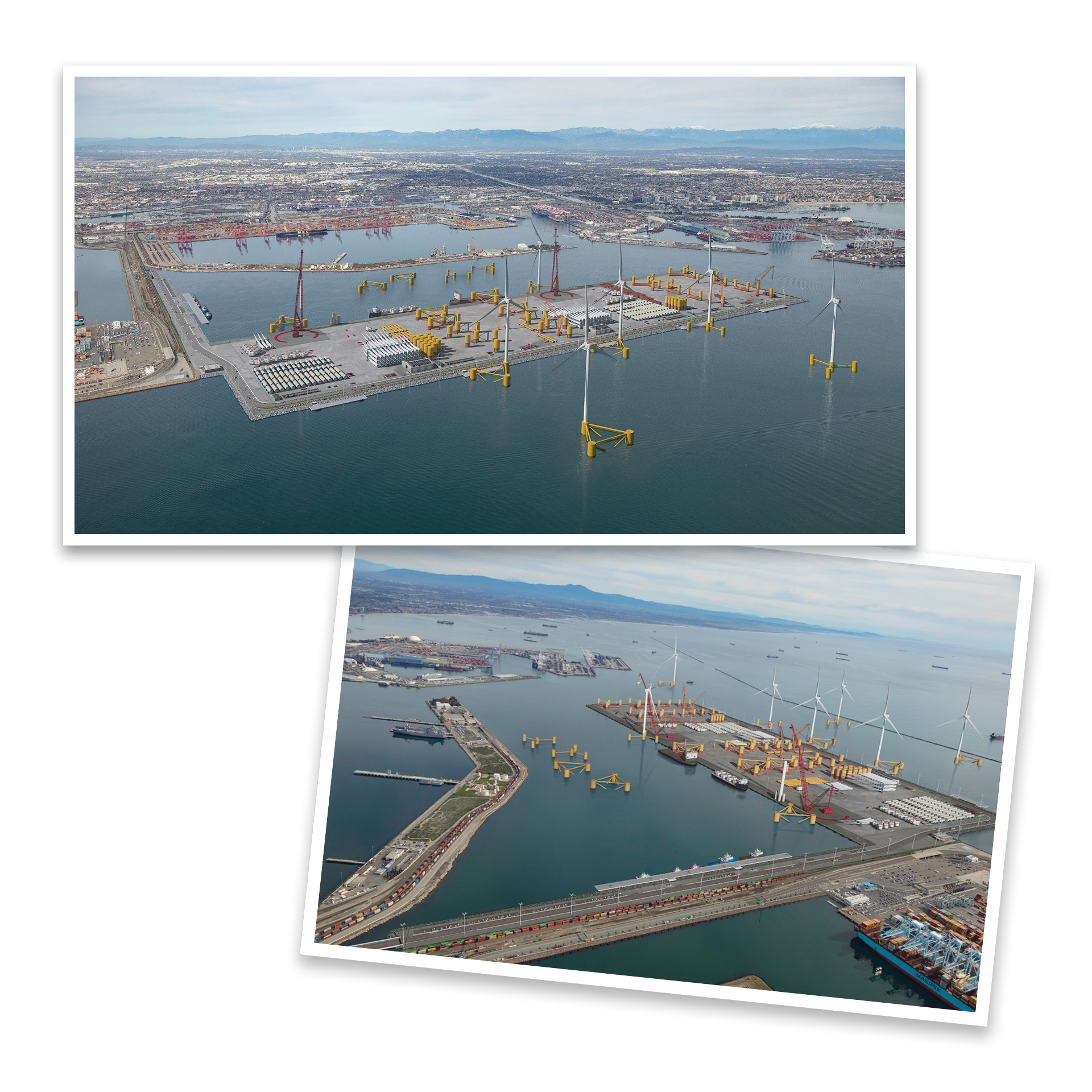
One of the first projects under consideration, the Floating Offshore Wind Staging and Integration facility, known as “Pier Wind,” would be the largest facility specifically designed to assemble offshore wind turbines at any U.S. seaport. Pier Wind would help California meet a goal of producing 25 gigawatts of offshore wind power by 2045.
2024
Construction starts on the Pier B On-Dock Rail Support Facility, a rail yard-expansion project designed to dramatically enhance the efficiency and sustainability of cargo flow throughout the port complex.

The larger, more efficient Pier B rail yard will allow more cargo to be loaded and unloaded right on the docks, shifting cargo from trucks to trains, improving air quality and the enhancing flow of traffic on our local freeways. Each on-dock train reduces 750 truck trips.
Since 2005, diesel emissions are down 92%, nitrogen oxides by 71%, sulfur oxides by 98% and greenhouse gases by 17%.
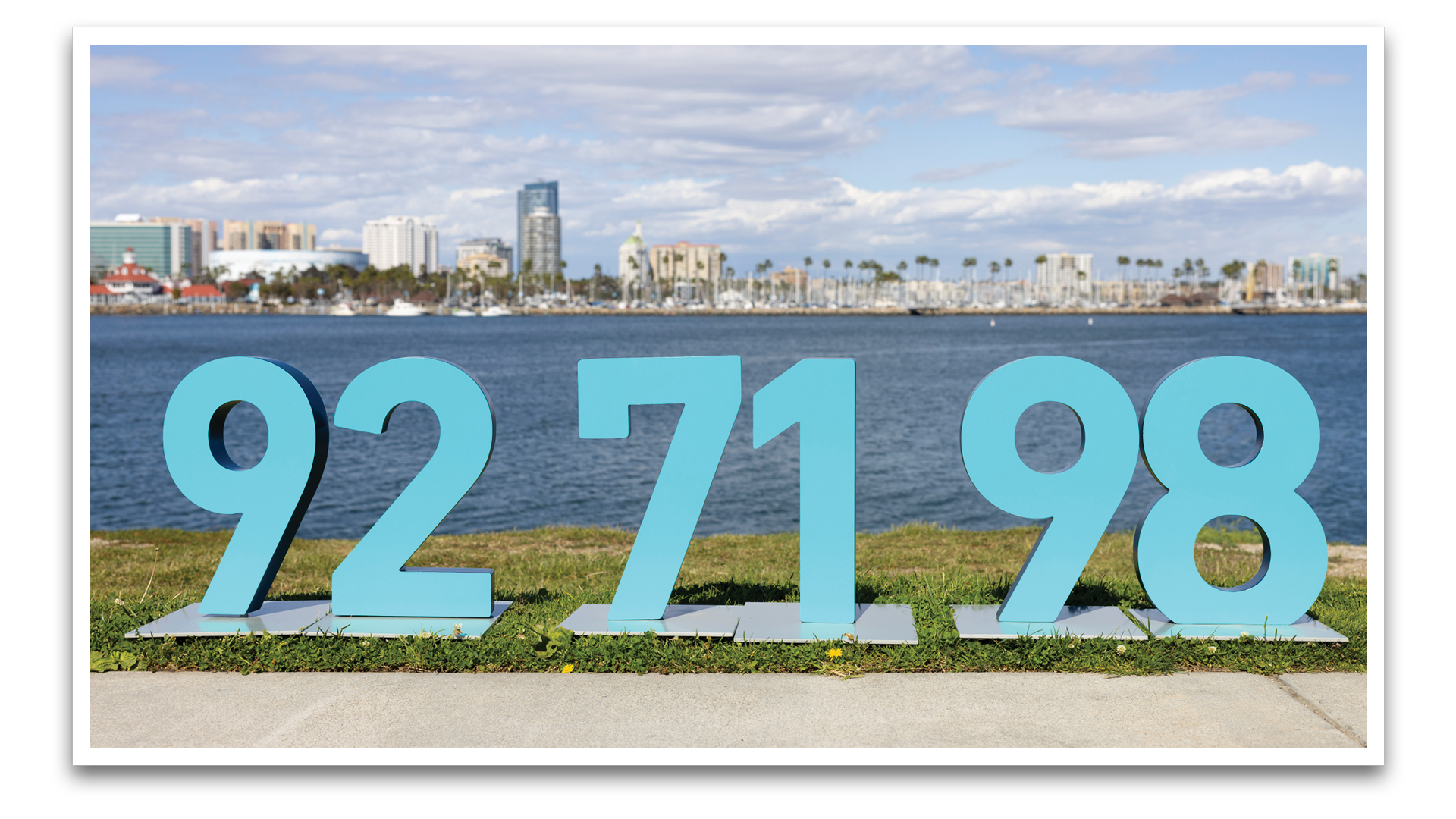
2025
At the annual State of the Port address, Port of Long Beach CEO Mario Cordero declares 2025 a yearlong “20 Years of Leading Green” celebration. Various events and commemorations are planned to celebrate the 20th anniversary of the Green Port Policy.
The Port releases the Green Port Progress Report, documenting 20 years of achievements in sustainability and setting down the path to zero-emissions operations.
The Future
Two decades after the adoption of the Green Port Policy, the Port is seeing its busiest – and cleanest – years ever, accomplishing environmental, operational and commercial goals, demonstrating job growth and sustainability can be achieved together.
Looking ahead, the Port is setting its sights on zero-emissions operations to further improve air quality, and reduce greenhouse gases to fight climate change.
With $3.2 billion in construction projects planned over the next 10 years, the Port is modernizing its terminals, rails, roads and harbor. By expanding rail capacity, deepening the harbor and installing new clean air technologies, the Port can move cargo more efficiently and more sustainably.
